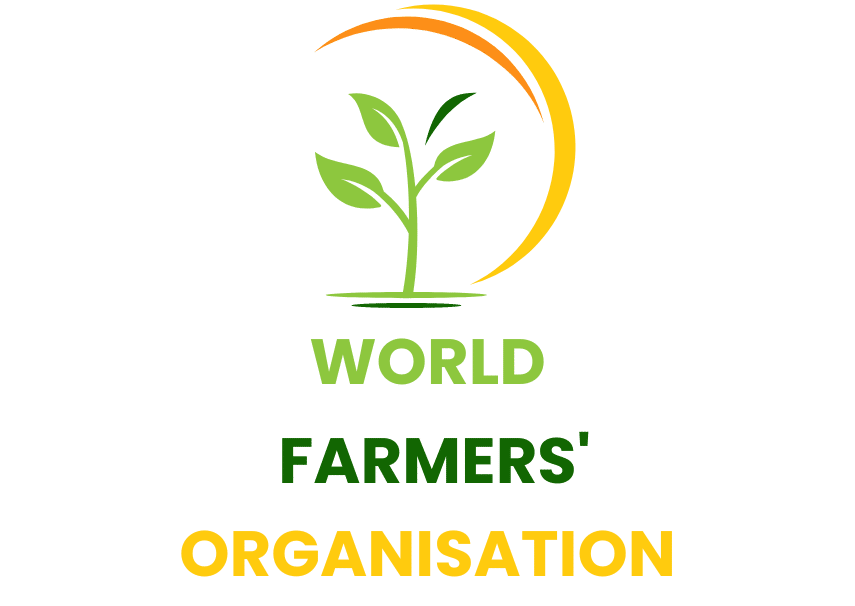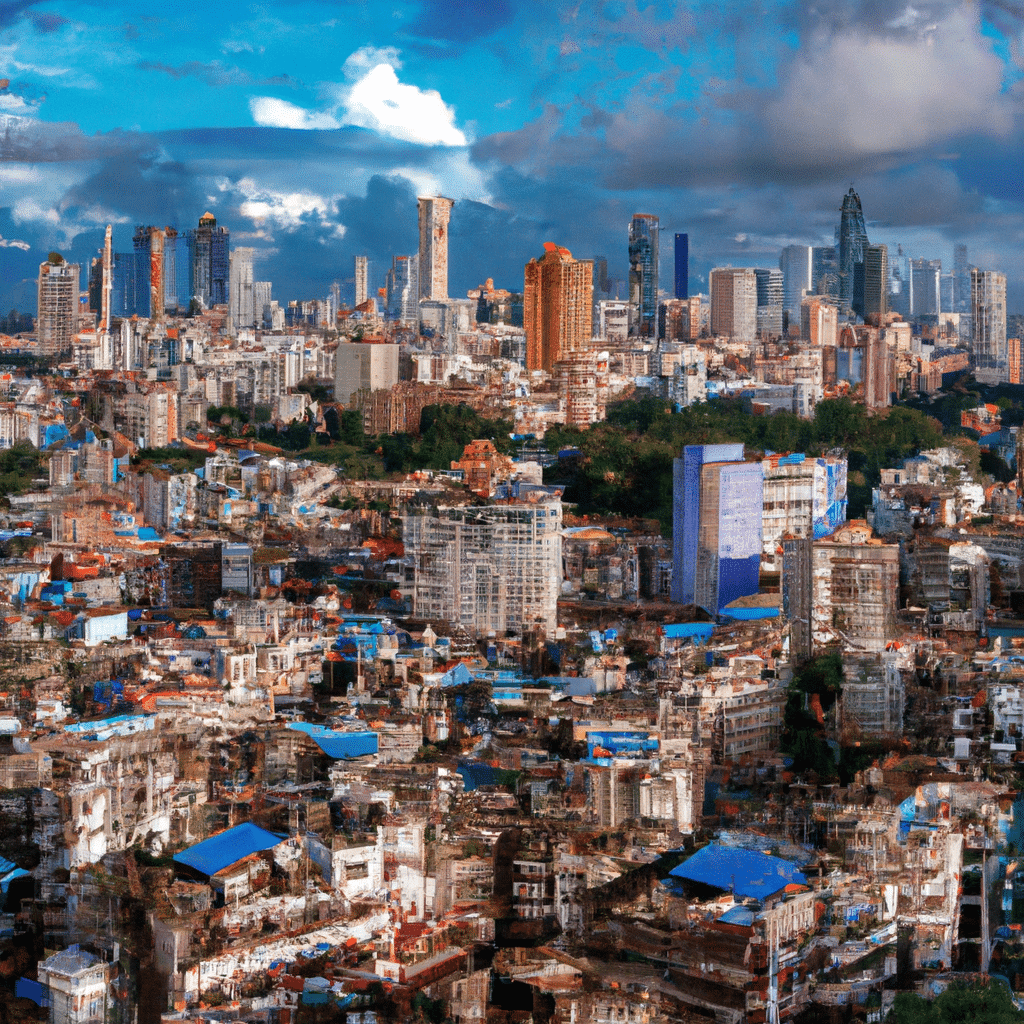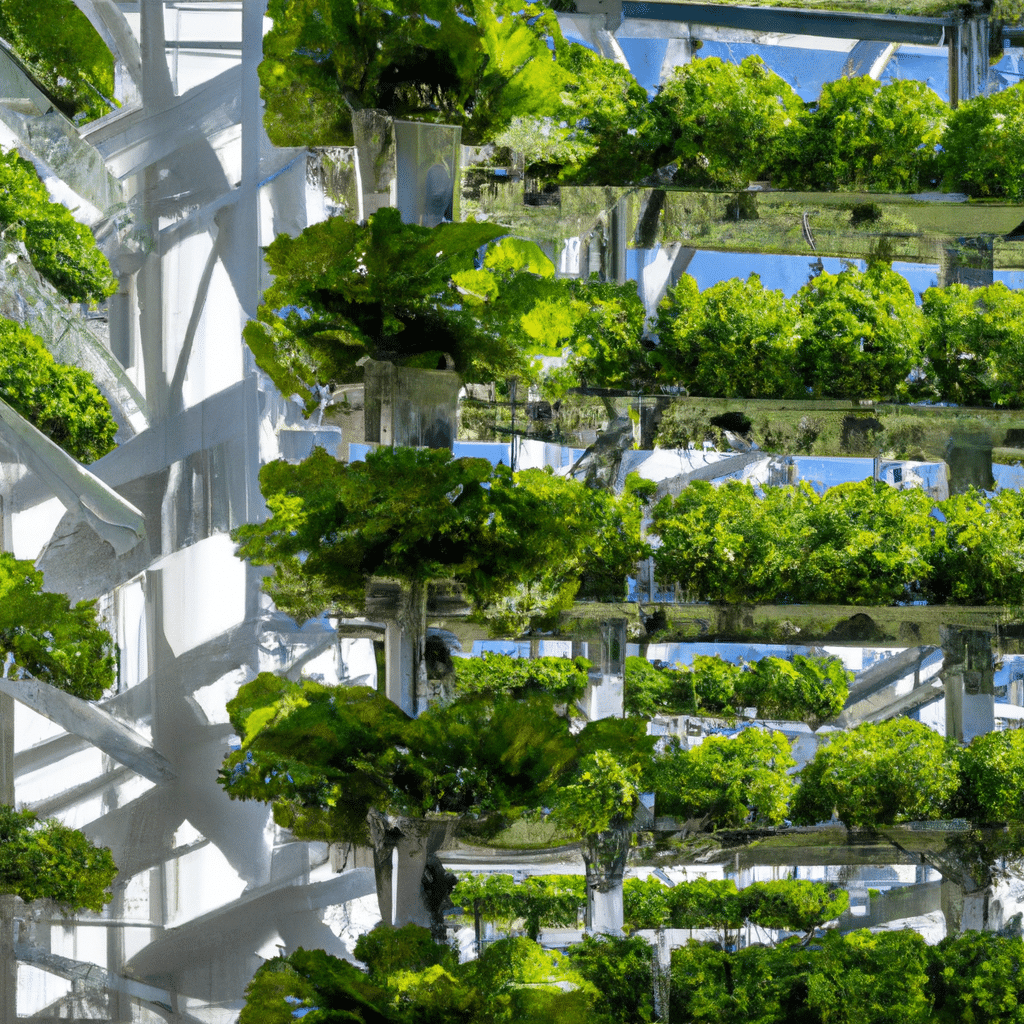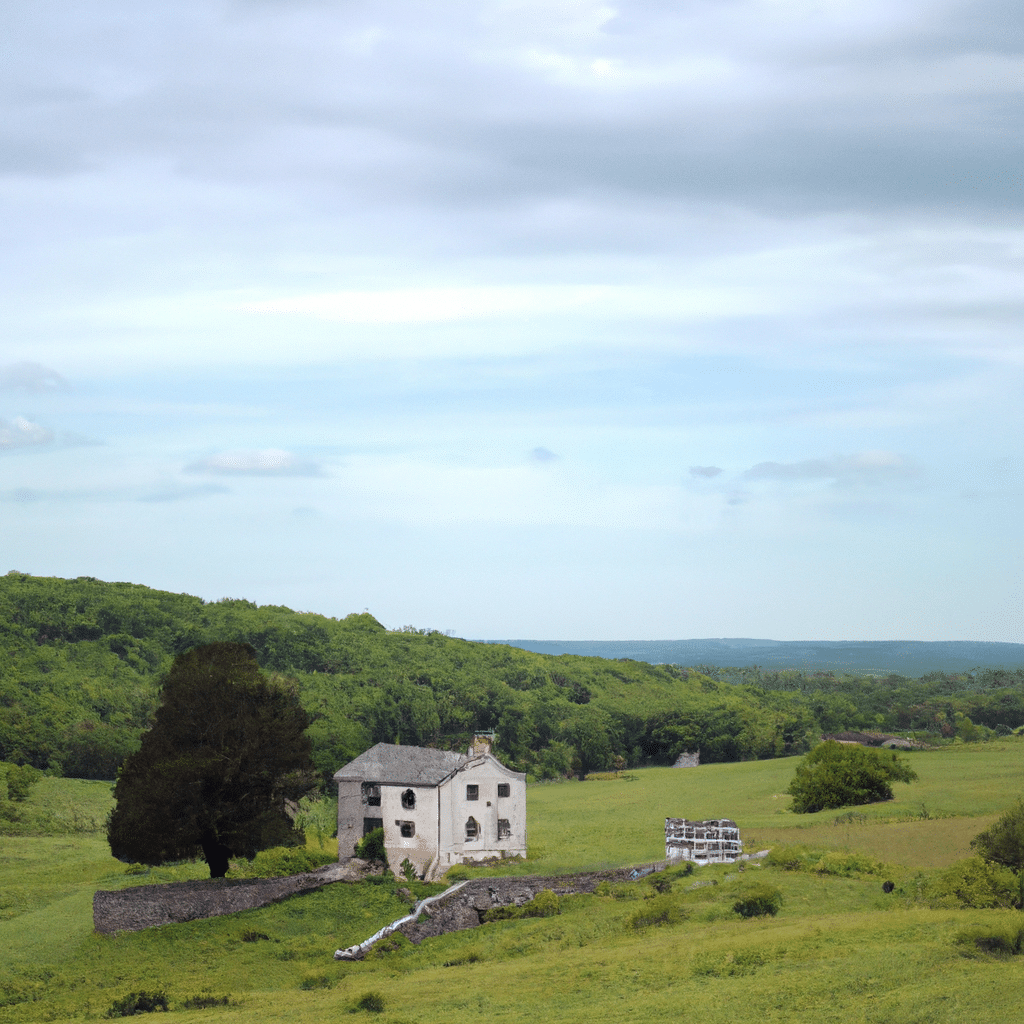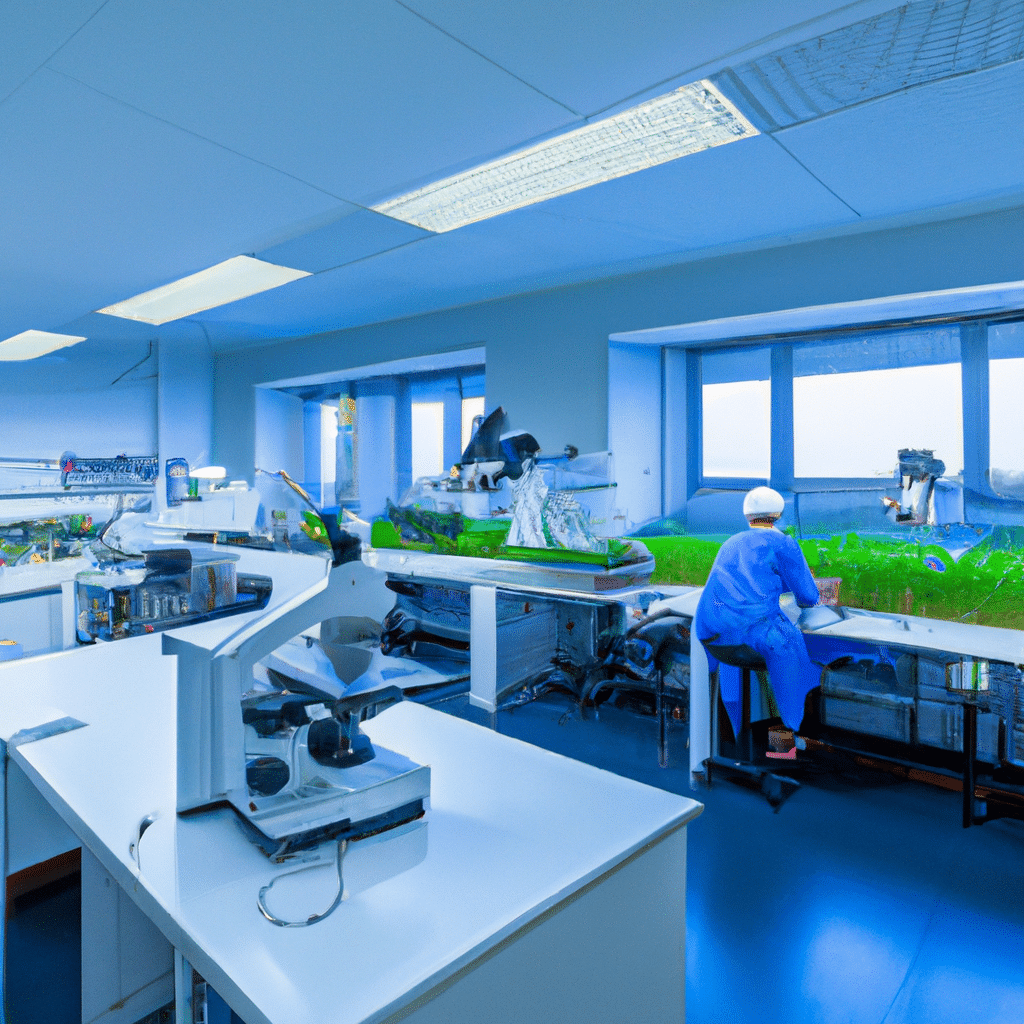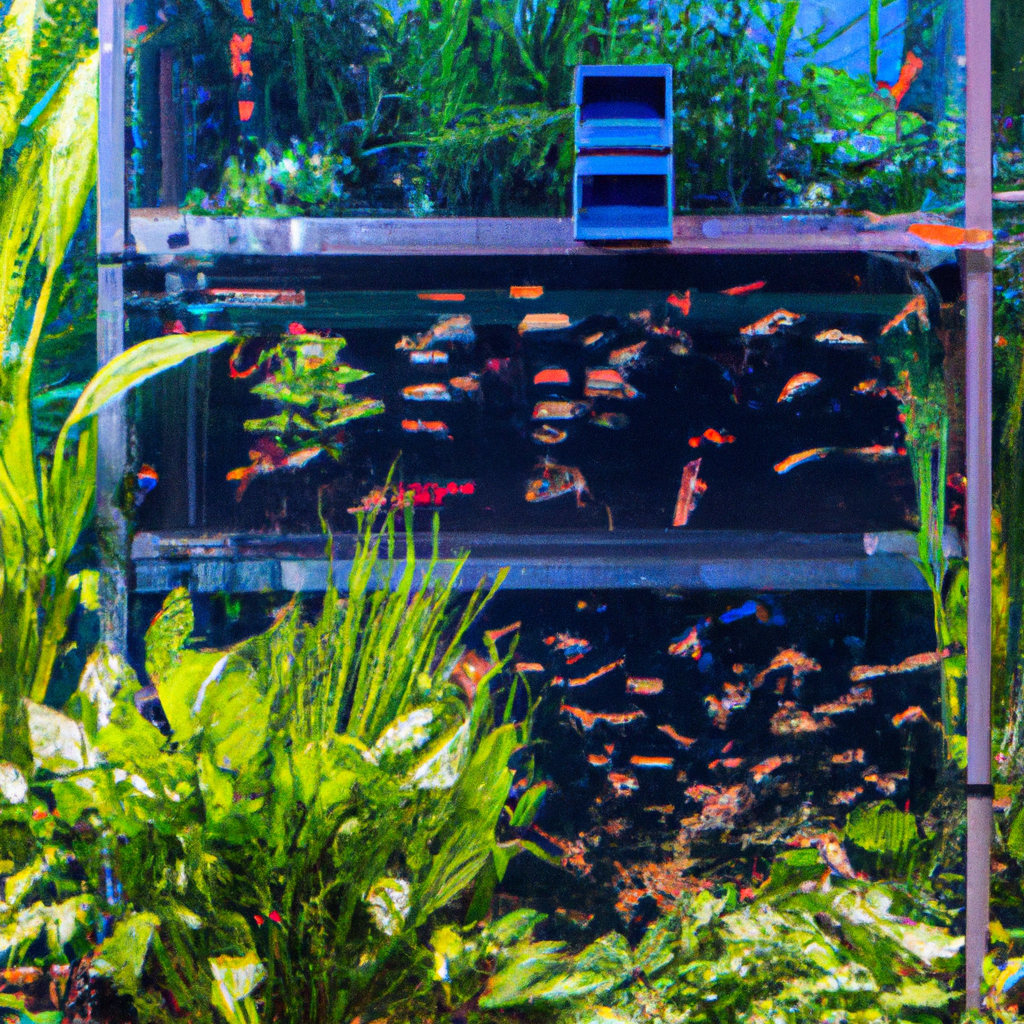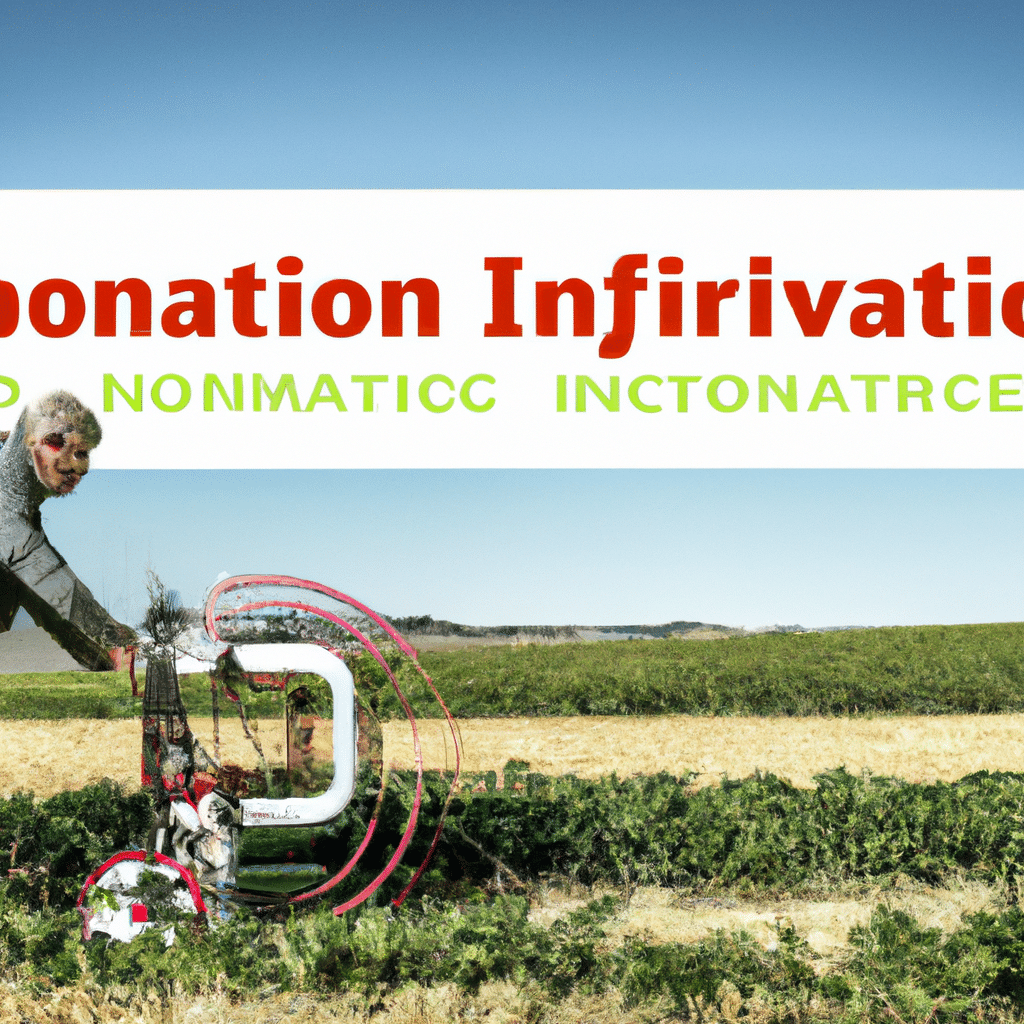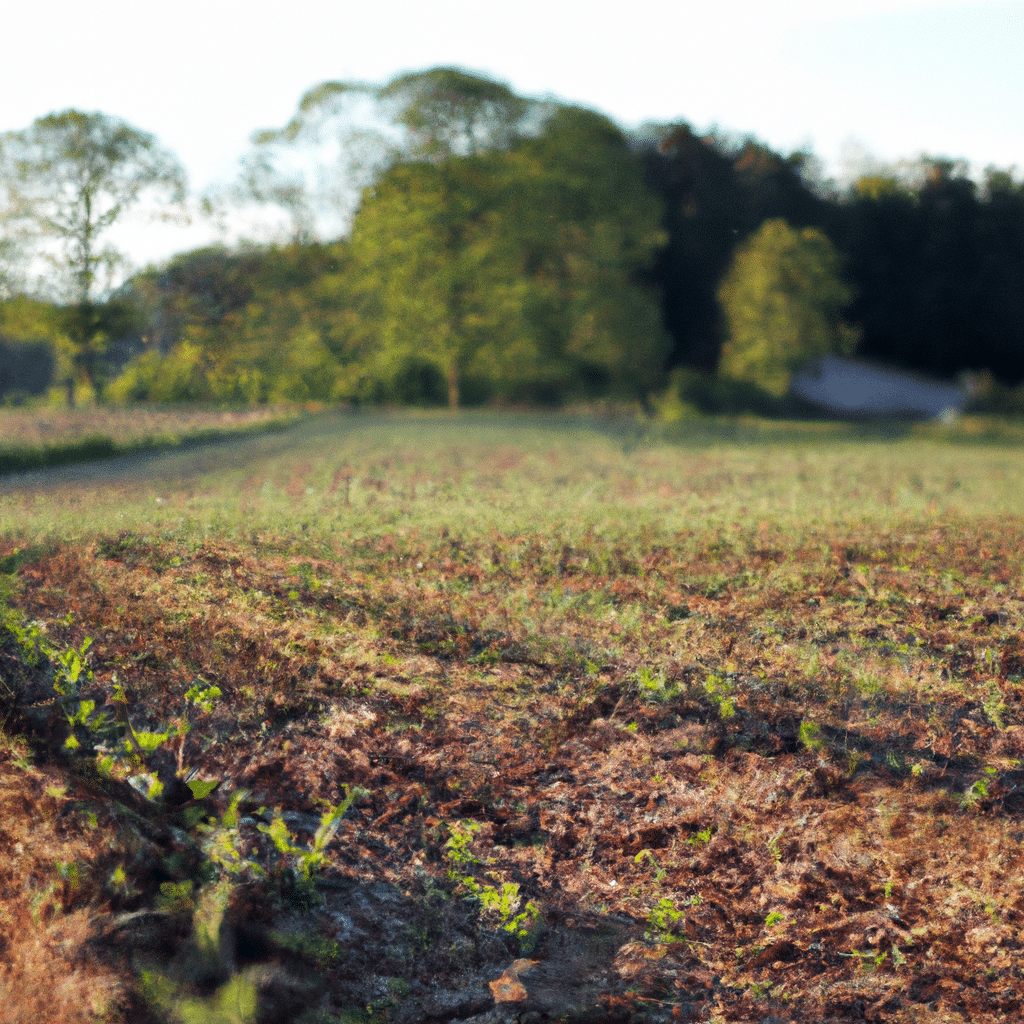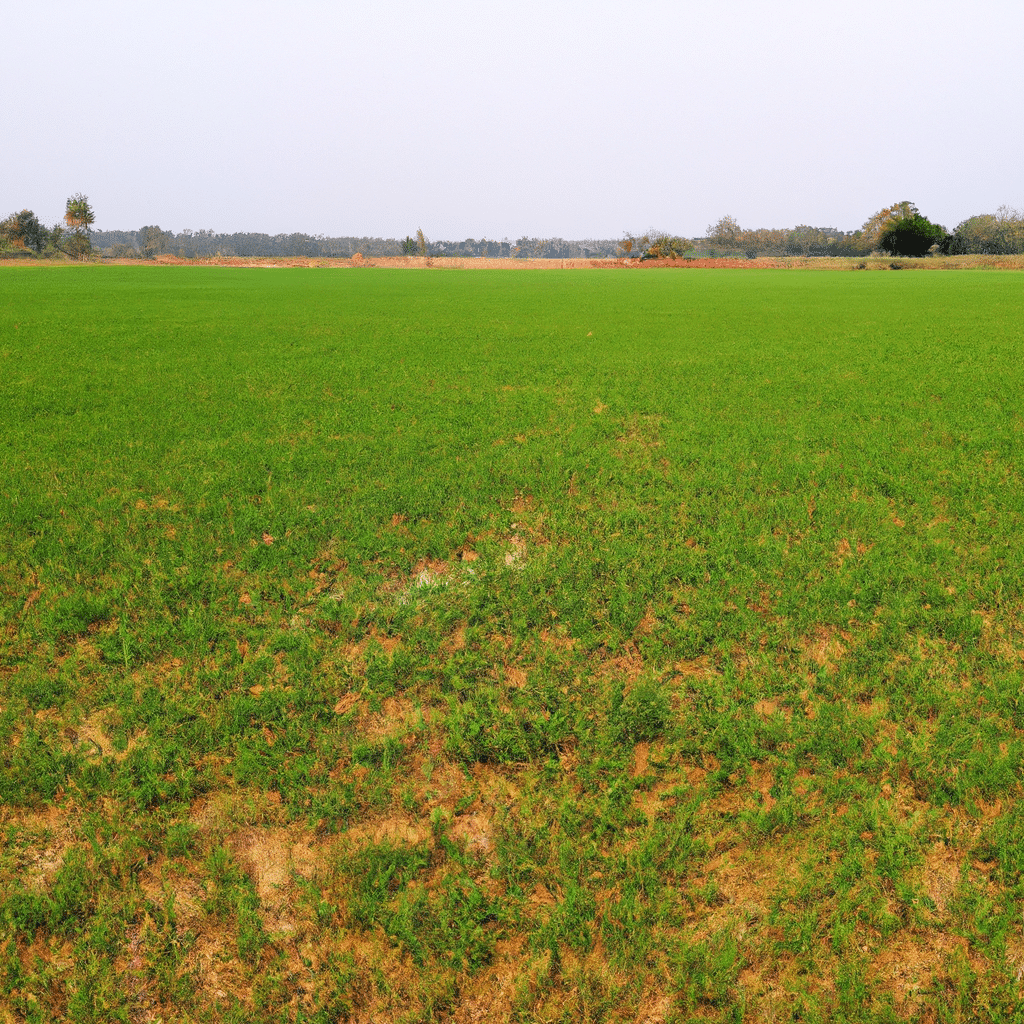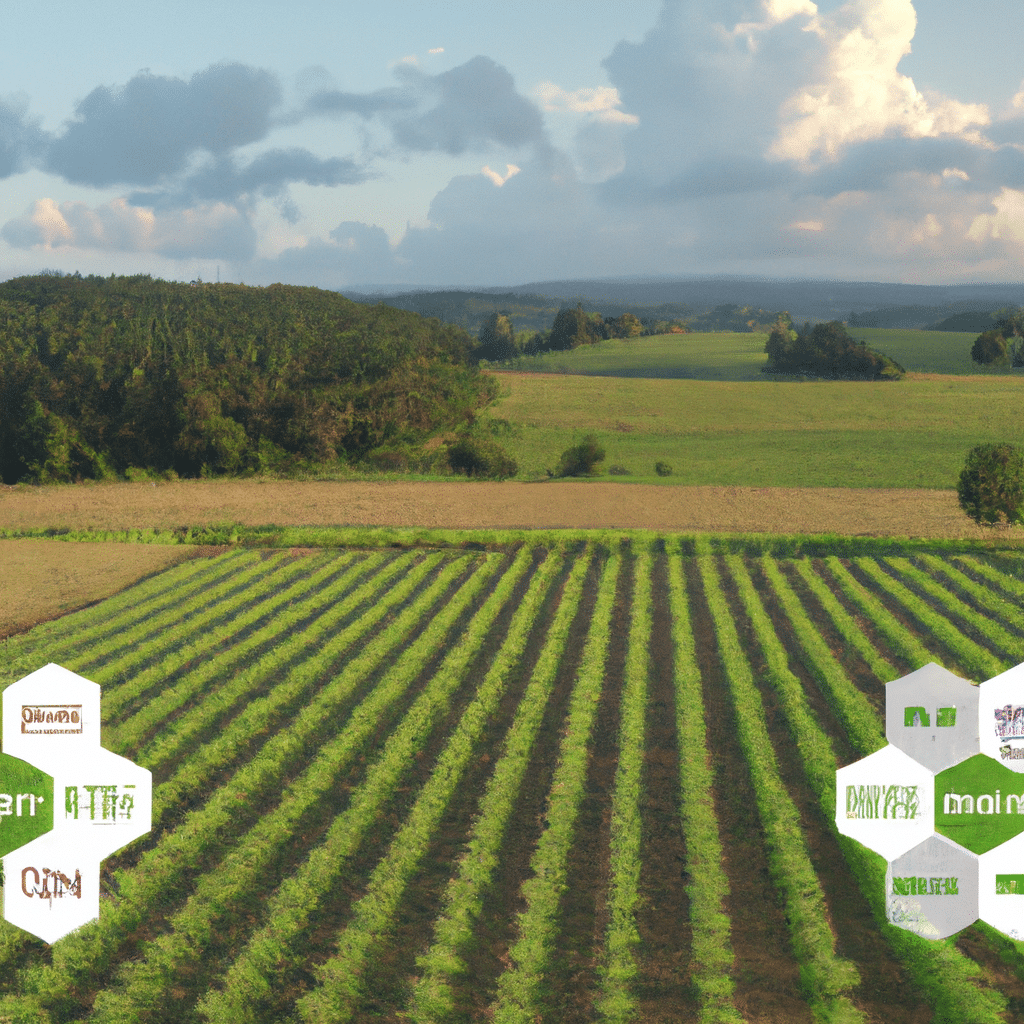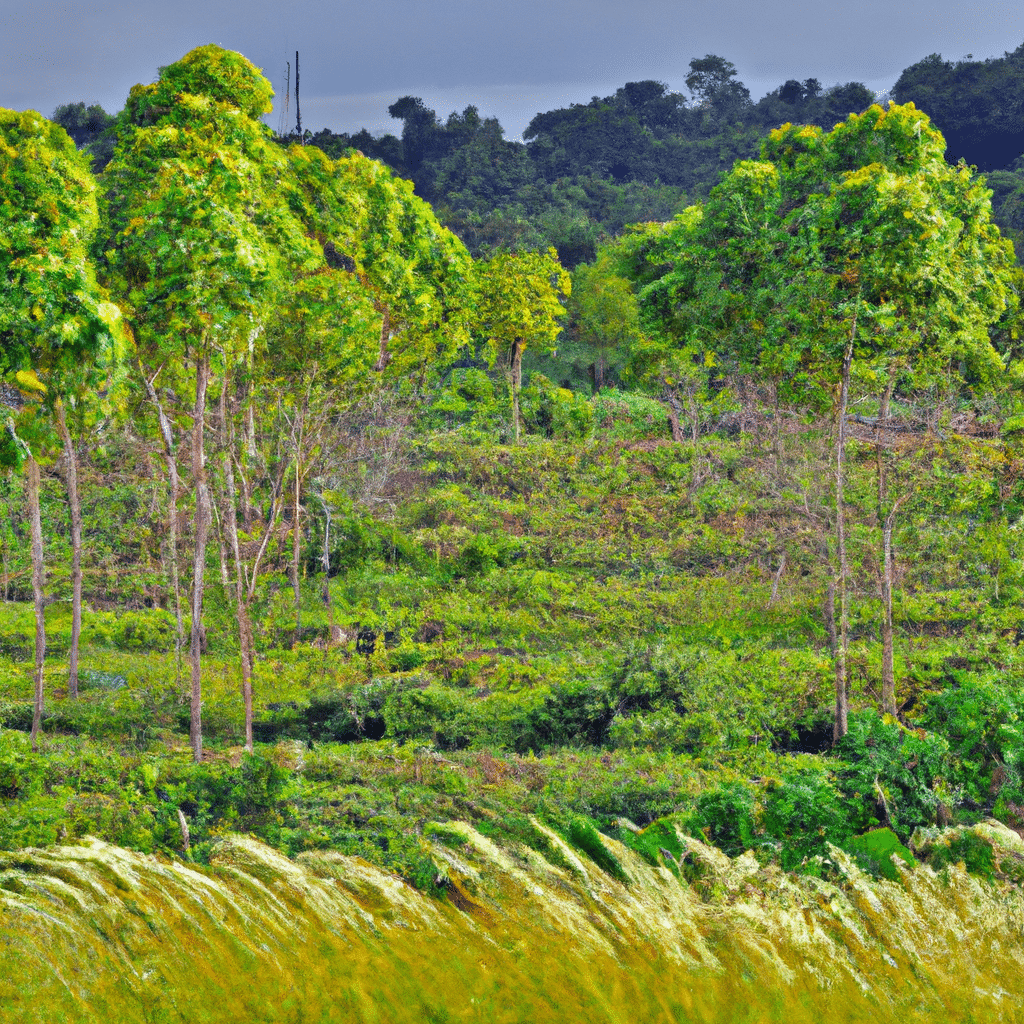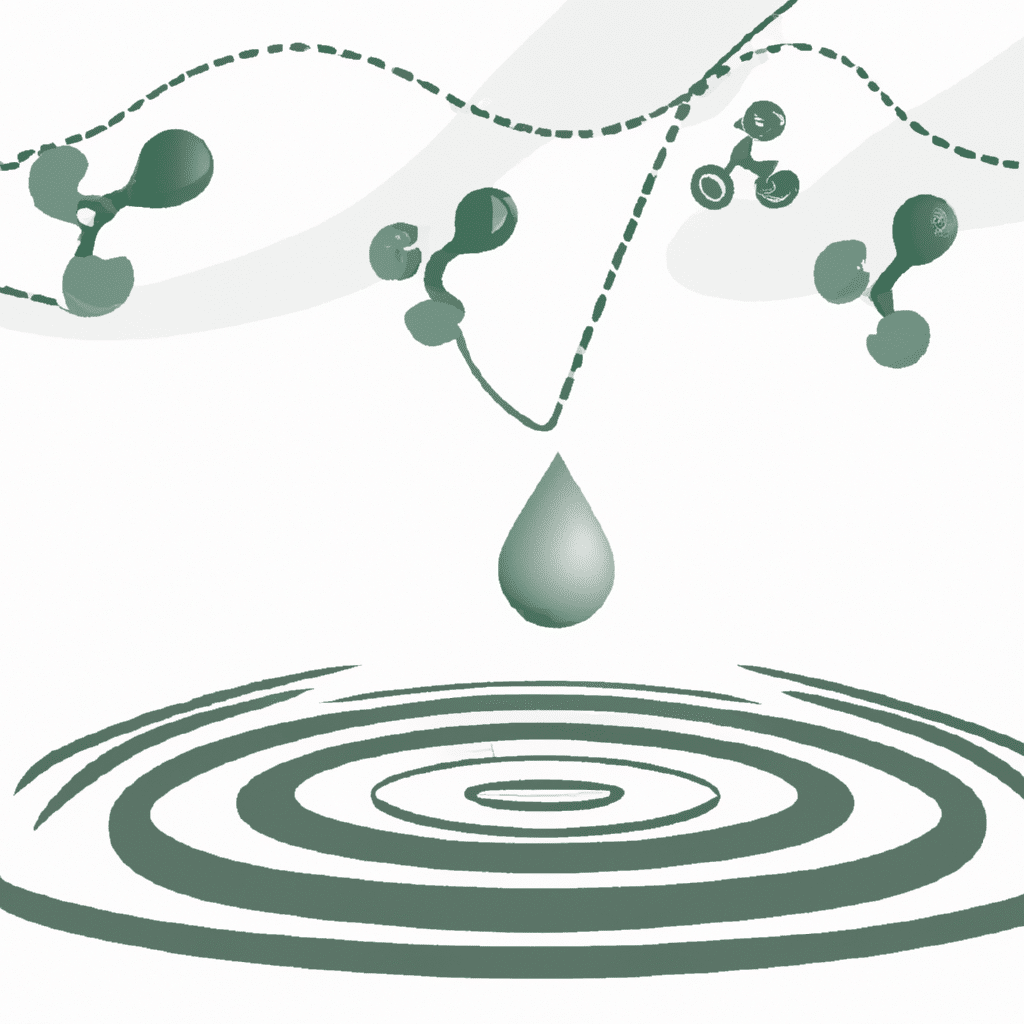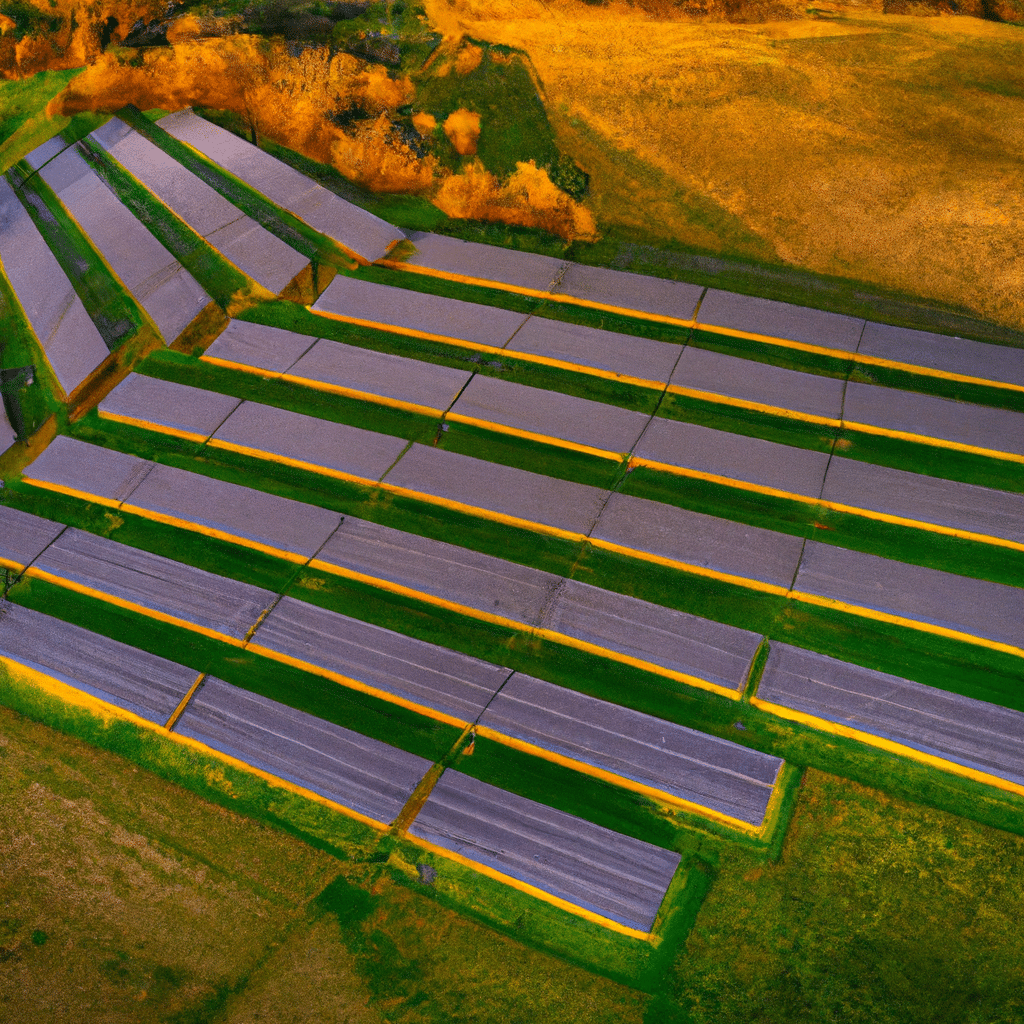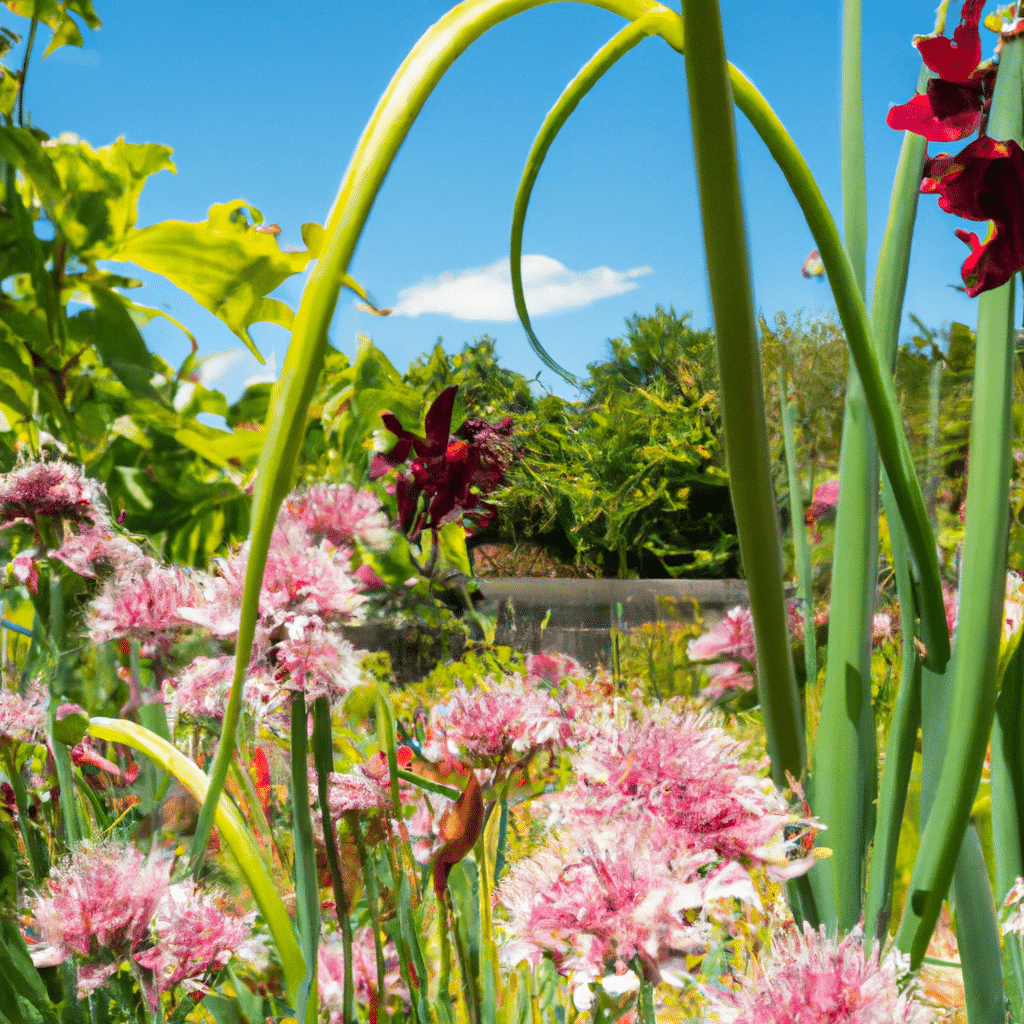Climate change is a global issue that has far-reaching consequences for our environment and ecosystems. One of the lesser-known impacts of climate change is its effect on bee populations. Bees play a crucial role in pollination, which is essential for the growth of many plants and the production of food. In recent years, there has been a concerning decline in bee populations worldwide, and scientists believe that climate change is a significant contributing factor. In this article, we will explore the hidden link between climate change and declining bee populations and discuss the implications for our planet’s biodiversity and food security.
The Importance of Bees in Pollination
Before we delve into the connection between climate change and declining bee populations, it is essential to understand the critical role that bees play in pollination. Bees are highly efficient pollinators as they move from flower to flower, transferring pollen grains that enable plants to reproduce. This process is crucial for the fertilization of flowering plants, including many fruits, vegetables, and nuts that make up a significant portion of our diet.
Without bees, the pollination process would be severely disrupted, leading to a decline in crop yields and a loss of biodiversity. In fact, it is estimated that bees contribute to the pollination of around 75% of global food crops. Therefore, the decline in bee populations poses a significant threat to our food security and the stability of ecosystems.
Climate Change and Bee Behavior
Climate change has a profound impact on the behavior and life cycle of bees. Rising temperatures, changing precipitation patterns, and altered seasonal cycles disrupt the delicate balance that bees rely on for their survival. Here are some key ways in which climate change influences bee behavior:
1. Phenological Shifts
Climate change affects the timing of flowering in plants, often causing them to bloom earlier or later than usual. This shift in phenology can create a mismatch between the availability of flowers and the foraging habits of bees. Bees may emerge from hibernation or start their life cycle at a time when their primary food sources are scarce, leading to reduced nutrition and reproductive success.
2. Altered Foraging Patterns
Bees rely on visual cues, such as flower color and scent, to locate and collect nectar and pollen. However, climate change can alter these cues, making it more challenging for bees to find food sources. Additionally, changes in temperature and precipitation can affect the quality and quantity of nectar and pollen produced by plants, further impacting bee foraging patterns.
3. Increased Susceptibility to Pests and Diseases
Climate change can weaken bee colonies, making them more susceptible to pests and diseases. Warmer temperatures can create favorable conditions for the proliferation of parasites, such as Varroa mites, which can decimate bee populations. Furthermore, changes in precipitation can lead to the spread of fungal diseases that affect bees, such as Nosema ceranae.
Climate Change and Habitat Loss
Another way in which climate change contributes to the decline of bee populations is through habitat loss. As temperatures rise and ecosystems shift, the habitats that bees depend on for nesting and foraging are being disrupted or destroyed. Bees rely on a diverse range of habitats, including meadows, woodlands, and hedgerows, to find suitable nesting sites and food sources.
However, with the expansion of urban areas, intensification of agriculture, and loss of natural habitats, bees are facing a significant reduction in suitable environments. This loss of habitat not only limits their access to food but also reduces their ability to reproduce and maintain viable populations.
The Ripple Effect on Ecosystems
The decline of bee populations due to climate change has far-reaching consequences for ecosystems beyond the loss of pollination services. Bees are keystone species, meaning they have a disproportionately large impact on the structure and functioning of their ecosystems. Here are some ways in which the decline of bees can disrupt ecosystems:
1. Reduced Plant Diversity
With fewer bees available for pollination, many plant species may struggle to reproduce and maintain viable populations. This can lead to a decline in plant diversity, as certain species become less prevalent or disappear altogether. The loss of plant diversity can have cascading effects on other organisms that depend on these plants for food and habitat.
2. Impaired Ecosystem Resilience
Bees contribute to the resilience of ecosystems by ensuring the reproduction and survival of a wide range of plant species. When bees decline, the ability of ecosystems to withstand disturbances, such as droughts or invasive species, is compromised. This can lead to a destabilization of ecosystems, making them more susceptible to further degradation.
3. Loss of Wildlife Habitat
Bees are not only vital for the pollination of food crops but also for the reproduction of many wild plant species. As bee populations decline, these plant species may struggle to reproduce, leading to a loss of wildlife habitat. This can have detrimental effects on other pollinators, birds, and mammals that rely on these plants for food and shelter.
Conclusion
The hidden link between climate change and declining bee populations is a cause for concern. The impact of climate change on bee behavior, coupled with habitat loss, poses a significant threat to our planet’s biodiversity and food security. To address this issue, we must take collective action to mitigate climate change, protect and restore bee habitats, and promote sustainable agricultural practices that support pollinators.
By understanding the intricate relationship between climate change and declining bee populations, we can work towards creating a more sustainable and resilient future for both bees and ourselves. It is imperative that we recognize the urgency of this issue and take meaningful steps to protect these essential pollinators and the ecosystems they support.
